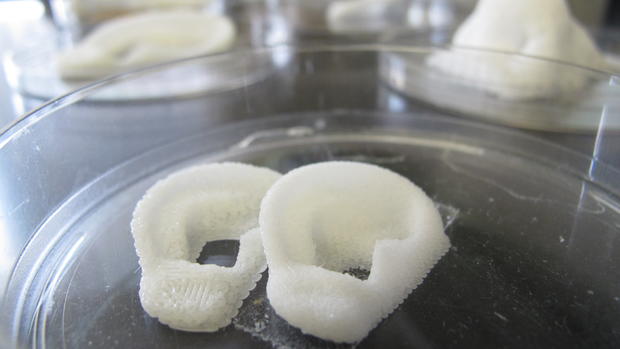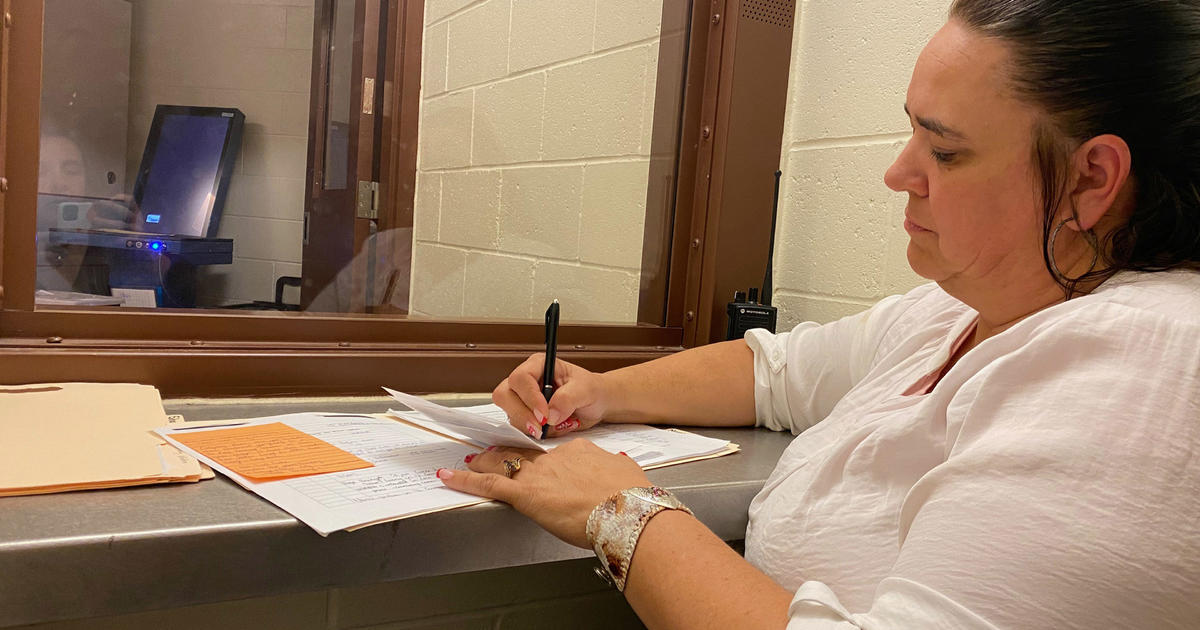Scientists hit milestone in 3D printing of cartilage
The story of 3D printing in medical care is quickly moving from abstract hope to concrete progress, as Swedish researchers announced that they have successfully 3D-printed stem cells that multiplied and differentiated into a material very similar to human cartilage tissue.
The stem cells survived the printing process, which researchers are celebrating as a breakthrough.
The research, a collaboration between scientists from Belgium's Sahlgrenska Academy and Chalmers University of Technology, is published in the latest issue of the journal Scientific Reports.
The researchers designed a new process for producing cartilage. They started with cartilage cells taken from real patients who underwent knee surgery. Those cells were manipulated to revert to stem cells, which were then encapsulated in cellulose material and printed using a 3D bioprinter. When they survived the printing process, the stem cells were treated with growth stimulants, which prompted them to multiply and differentiate — transforming into cartilage.
"In nature, the differentiation of stem cells into cartilage is a simple process, but it's much more complicated to accomplish in a test tube. We're the first to succeed with it, and we did so without any animal testing whatsoever," lead researcher Stina Simonsson said in a statement.
3D bioprinting is an area of explosive interest in medical resesarch. In 2013, Cornell University scientists used a 3D printer to grow human ears from cow cells, a step towards one day growing custom ears for individuals with ear defects. That same year, Princeton University researchers claimed that some of the 3D printed ears they produced could hear at frequencies that are far out of range for the normal human ear.
3D printing is also making waves in facial reconstructive surgery, burn treatment, and more.
The latest research points toward a future in which scientists can generate cartilage based off a patient's own stem cells, and use that cartilage in the patient's body. Researchers say that the cartilage produced in their procedure was so similar to human cartilage that experienced surgeons could not tell the difference.
But researchers warned of one roadblock they still need to overcome: the kind of cellulose they used in the printing process might not be well-suited for the human body. They said they hope to explore another material that can be broken down and absorbed by the body, safely leaving only the endogenous cartilage behind. They also noted that this method requires large amounts of live stem cells.






